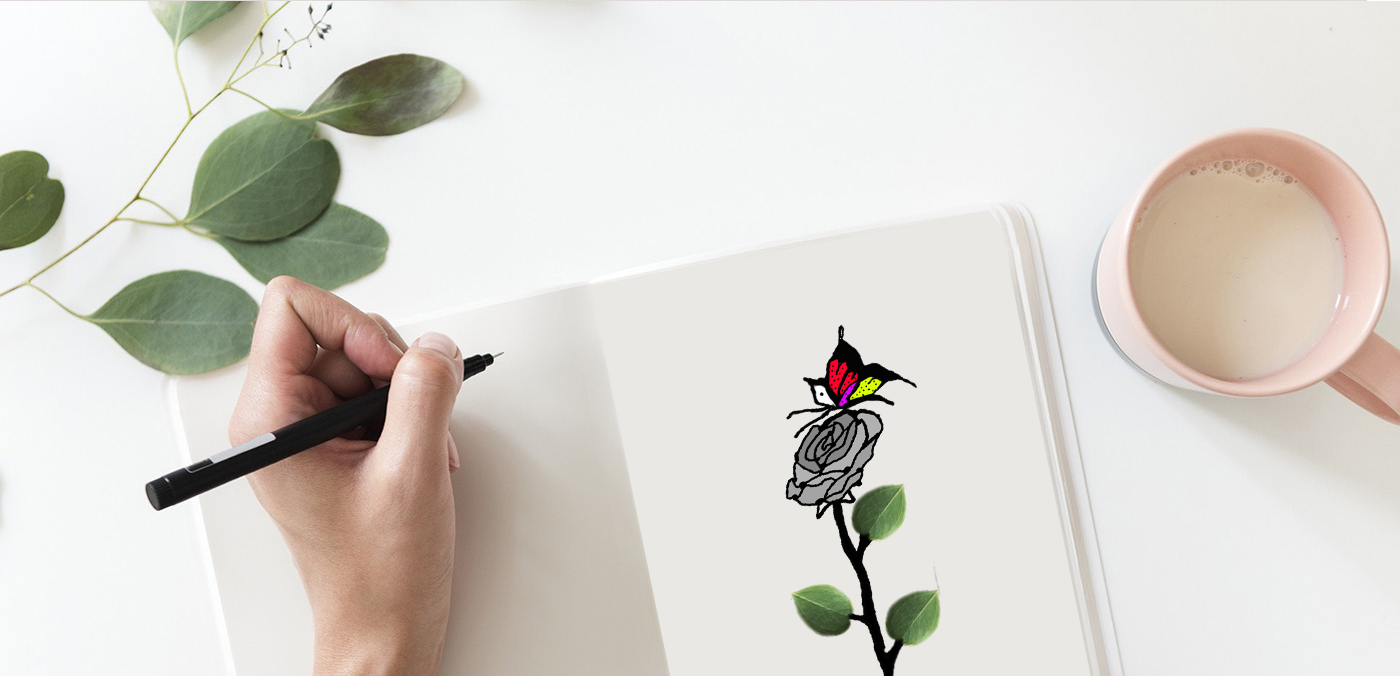Understanding Cashmere Fabric: Luxury or Just a Trend?
Cashmere fabric, often synonymous with luxury, has captured the hearts and wardrobes of many. Derived from the soft undercoat of cashmere goats, this textile boasts unparalleled warmth and comfort. Yet, in a world where trends shift rapidly and sustainability becomes increasingly critical, one must question whether cashmere represents timeless luxury or merely a passing fad. As we delve deeper into the allure of cashmere and evaluate its intrinsic value, we can gain a clearer understanding of its position in the modern textile landscape.
The Allure of Cashmere: Timeless Luxury or Passing Fad?
Cashmere has long been lauded as a symbol of opulence and refinement, with its softness and warmth unmatched by other fabrics. The exclusivity of cashmere comes not only from its luxurious feel but also from the labor-intensive process of harvesting it. Cashmere goats produce only a limited amount of this fine wool each year, making it a rare commodity. This inherent scarcity has solidified cashmere’s reputation as a luxury item, appealing to consumers who value quality and are willing to invest in enduring elegance.
However, the rise of fast fashion and synthetic alternatives has cast a shadow over cashmere’s status. Brands offering cheaper, mass-produced versions of cashmere have entered the market, making it more accessible but potentially diluting its prestige. This democratization of cashmere raises questions about its future: Is it still a luxury item, or is it becoming just another trend? As consumers increasingly seek value and variety, the perception of cashmere may shift, leading to a potential decline in its status as a timeless luxury.
Ultimately, the allure of cashmere lies in its unique characteristics—its softness, warmth, and elegance. While trends may come and go, the fundamental attributes that define cashmere remain steadfast. The challenge lies in distinguishing between authentic cashmere and lower-quality imitations, ensuring that the luxury experience is preserved. Thus, while cashmere may face challenges in maintaining its elite status, it is unlikely to fade entirely, as true luxury is often defined by quality, not just popularity.
Evaluating Cashmere’s Value: Quality, Sustainability, and Trends
When assessing the value of cashmere, quality emerges as a paramount factor. Authentic cashmere is defined by its fine fibers, which are softer and warmer than those of other wool types. The grading of cashmere, based on fiber length and diameter, plays a crucial role in determining its luxury status. Higher quality cashmere, sourced from reputable suppliers, not only promises a superior tactile experience but also longevity, allowing garments to withstand the test of time. Therefore, the investment in authentic cashmere can be seen as a commitment to enduring quality rather than a mere trend.
Sustainability is another essential aspect of cashmere’s value proposition. With growing awareness of environmental issues, consumers increasingly prioritize sustainable practices in their fashion choices. The cashmere industry has faced scrutiny due to overgrazing and its impact on ecosystems, particularly in regions where cashmere goats are raised. However, many brands are now adopting sustainable practices, such as ethical sourcing and eco-friendly production methods. Thus, cashmere can move beyond the label of luxury to embody a more responsible choice, appealing to a conscientious consumer base.
Trends inevitably influence consumer behavior, and cashmere is no exception. The increasing popularity of athleisure and casual clothing has led to a rise in demand for comfortable yet stylish fabrics, positioning cashmere in a favorable light. However, this trend also poses a risk; as cashmere becomes ubiquitous in everyday wear, its exclusivity may diminish. The challenge for brands lies in balancing the allure of cashmere as a luxury item with the realities of modern consumer preferences. By focusing on quality and sustainability, the cashmere industry can reinforce its value in an ever-changing market.
In conclusion, cashmere remains a fascinating topic at the intersection of luxury and sustainability. While its allure as a timeless fabric persists, the challenges of modern consumerism and environmental considerations must not be overlooked. By understanding the intrinsic value of authentic cashmere—rooted in quality, sustainability, and adaptability to trends—consumers can make informed decisions. Rather than merely being a passing fad, cashmere has the potential to evolve, maintaining its status as a coveted luxury while embracing the principles of responsible fashion.
